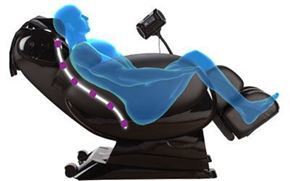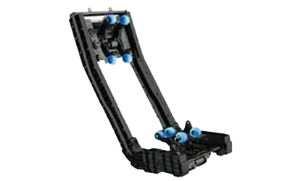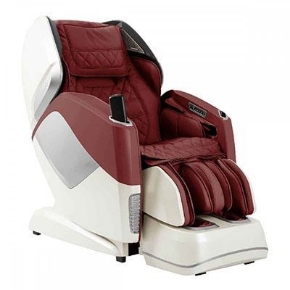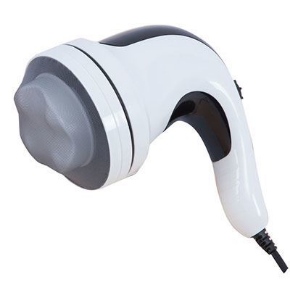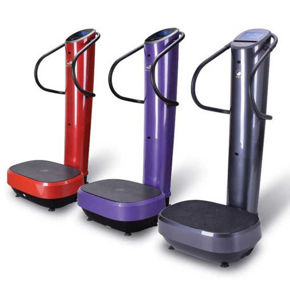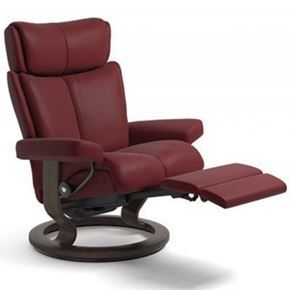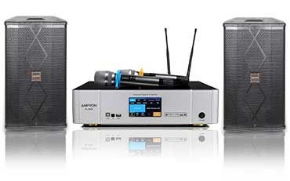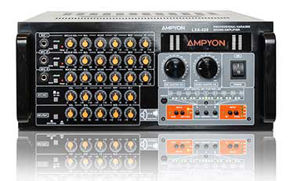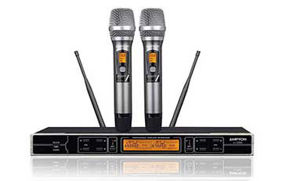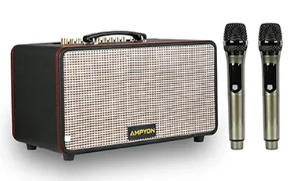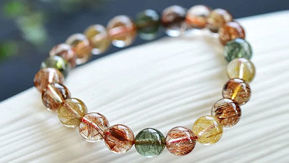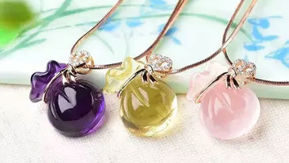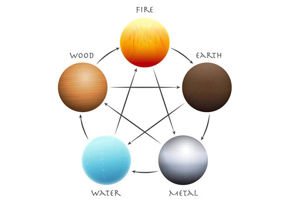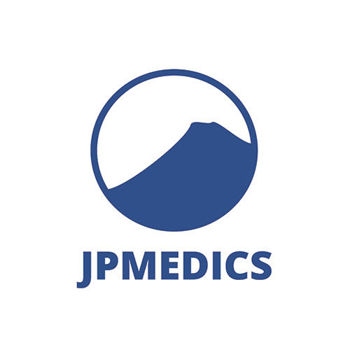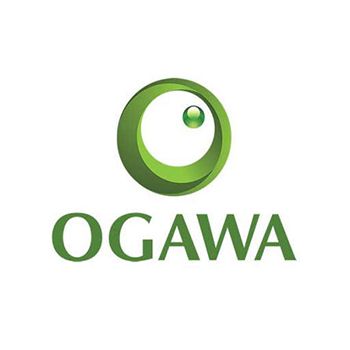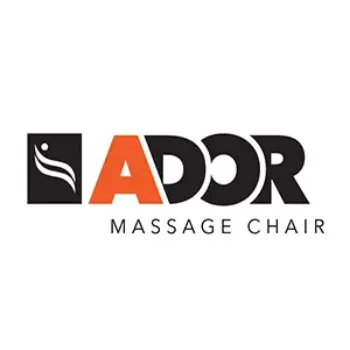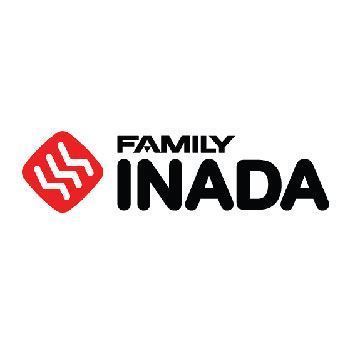Taking care of koi will become a daunting task if you lack patience and the knowledge. For beginners, the most common problem they experience is their koi being ill or sick. Furthermore, since they lack much experience and knowledge about properly taking care of koi fish, the outcome would be the death of their fish. This is one event that can happen with your koi fish, it causes sadness and financial lose.
In order to prevent this terrible event, one should have an idea about koi treatments and their various applications in the event that your koi fish fall in. ught to be connected ought to their koi angle fall sick. This article highlights 10 common koi diseases and treatments.
- Chilodinella
It is also known as Ichthyobodo Necatrix or Costia. It is one of the most deadly fish diseases a koi can have. It spreads fast and kills fish in large numbers right away.
Symptoms: You will recognize it when you see a small hemorrhage, a red spot or bluish tiny under the skin.
Cure: This can be treated with potassium permanganate – buy from a reputable koi dealer, carefully follow the dosage instructions. Adequate salting of your pond will increase the inactivity of the bacteria causing this disease as they cannot survive in salty water.
- Fin Rot
Fin rot and other types of ulcerations are caused by bacteria infection. They can greatly affect your Koi, particularly if the pond water experienced a sudden chemical imbalance. Being bacteria in nature, this Koi ailment is treated by adding chemical additives such as Formalin and acriflavine - they are used to battle fin rot and ulcers.
- Mouth Rot
This condition is caused by poor water quality. It causes sores in the mouth. It should be addressed by improving the environment in the pond. The mouth sores can be treated with iodine or hydrogen peroxide.
- Flukes
Flukes, trichodina and other similar parasites are one of the commonest threats to the health of Koi. This can be prevented by keeping your pond water immaculately clean keeping close watch on the overall health of your koi. As such, the only way parasites can afflict your fish will be by introducing new collection into the pond.
Irrespective of how reputable the source of your new Koi is, it's very difficult to achieve 100% parasite-free pond. Consequently, new fish should always undergo a proper quarantine process. They should be treated with flubendazole – buy from a reputable koi dealer.
- Koi Pox
Koi Pox is caused by a viral pathogen. There is no immediate treatment for this kind of viral infection. The treatment for Koi pox depends on letting the Koi's own immune system fight off the viral infection. If you notice Koi pox, strictly adhere to your pond’s maintenance schedule. Vaccination is a more proactive remedy to Koi pox.
- Saprolegnia
Saprolegnia is a kind of fungal infection that affects Koi fish. The side effects are white, wool like growths appearing along the gills, mouth, and any open injuries that the Koi may have. This fungal infection is not cont contagious. This fungus can be killed by adding an organic compound called “malachite green” to the pond water.
- Lernea
This is among the deadliest parasites known to koi. Lernea is a worm that can be seen with our eyes. The female Lernea appends to fish while males don't. It burrows into the flesh of the fish with a piece of it hanging out of its body. The worm damages its tissue and feeds on the fish.
Symptoms: Breathing difficulties and inflammation on the body of the koi.
Cure: Since Lernea is visible to the naked eye, try pulling out the worm. However, in the event that the worm has burrowed too deep, then chemicals can be used to kill it. Some chemicals to use are Trichloffon, Fenthion, Dylox, and Malathion. Salt can also help eliminate Lernea.
- Stress
The wrong pH level, insufficient food, high ammonia content, and lack of oxygen can really stress Koi. When koi undergo continuous stress, they can consent reluctantly to fungus, bacteria, and parasites that may be prowling in the water. Albeit most diseases caused by these factors can be dealt with using kanamycin, salt, and other medicinal treatments. However, it's best to avoid this and focus on prevention.
- Dropsy
Signs of dropsy are always accompanied with lifting or swelling of the scales. Their eyes will oftentimes swell. The first thing to do if you ever notice this is to separate the infected fish from the others. Pay careful attention to your fish in order to observe these symptoms in their earliest stage – this will increase the chance of you fish surviving. Dropsy is actually curable as opposed to common understanding. It can be cured with any anti-bacterial products found in pet stores.
- Ich
This is also known as white spot diseases. The most common symptom is small white parasites on the fish. This can be treated with a formalin malachite mix. Strictly adhere to the manufacturer’s instruction and apply as to the dosage. Due to the life cycle of white spot, you have to give the treatments thrice. The time between every treatment will vary with the temperature
GENERAL TREATMENT FOR KOI DISEASES
In order to avoid any type of koi disease or infection, it should be a priority to keep a healthy pond. Make a first aid kit for your pond and get ready for any disease outbreak. A good idea for disinfection of harmful bacteria or virus living in the pond is by adding an iodine compound like Betadine.
pH level test kits, as well as chlorine and toxic ammonia level test kits should be always available to ensure that your pond is free from these diseases. The right concentration of formaldehyde (usually 37%-47% strength in water) should be acquired for treatment of external parasites.
The use of the right information to direct you is a step you should take before accommodating these beautiful aquatic creatures. It is obvious that infection is the most common disease procured by koi, so carefully study the best prevention techniques that works best for koi against such infection/diseases.



